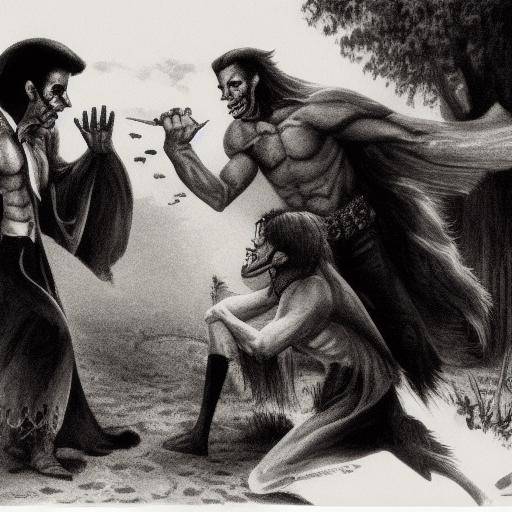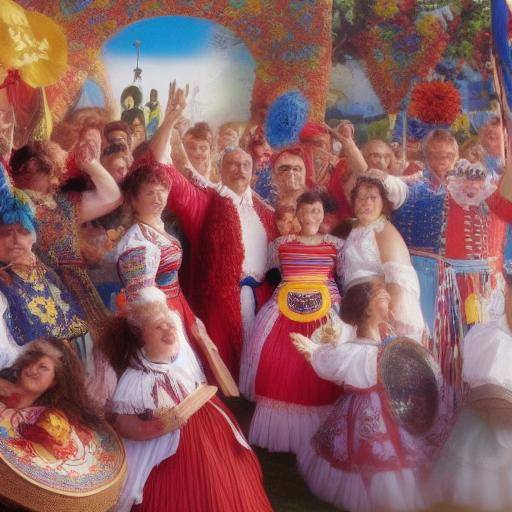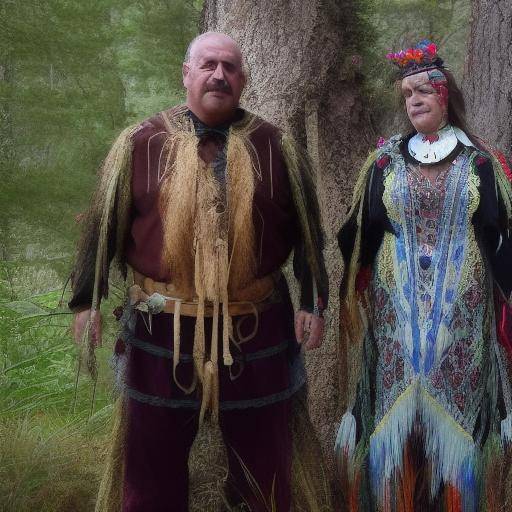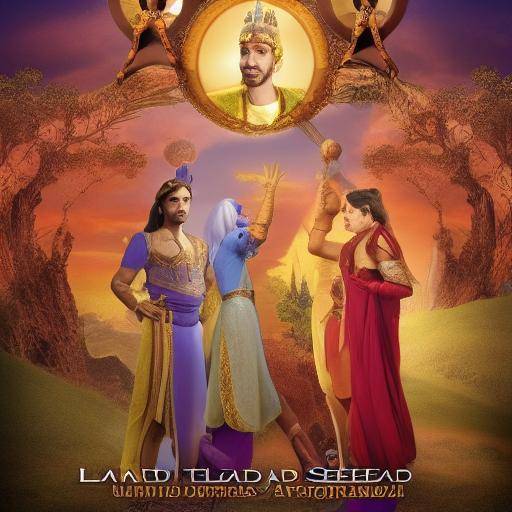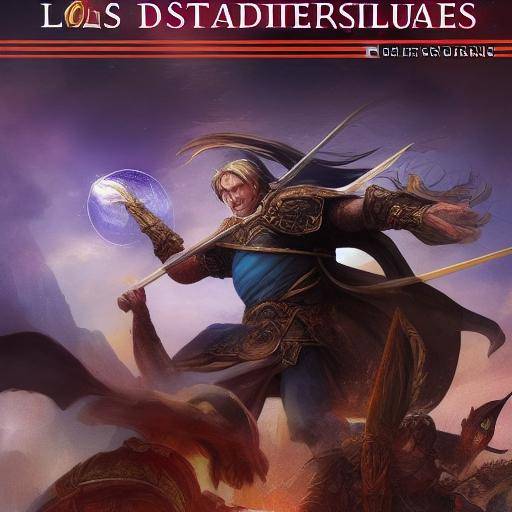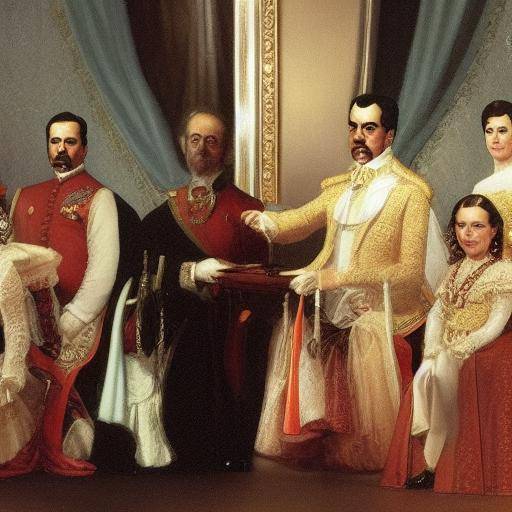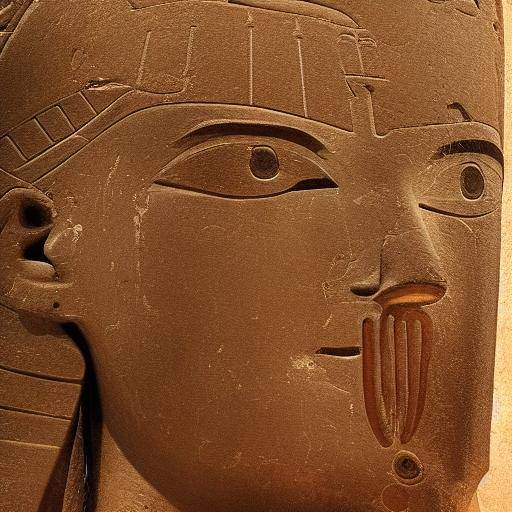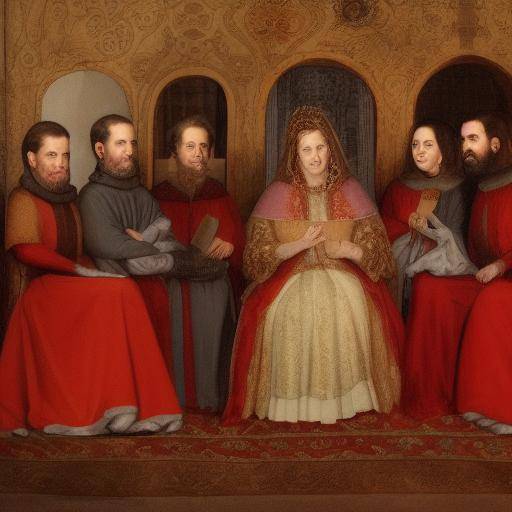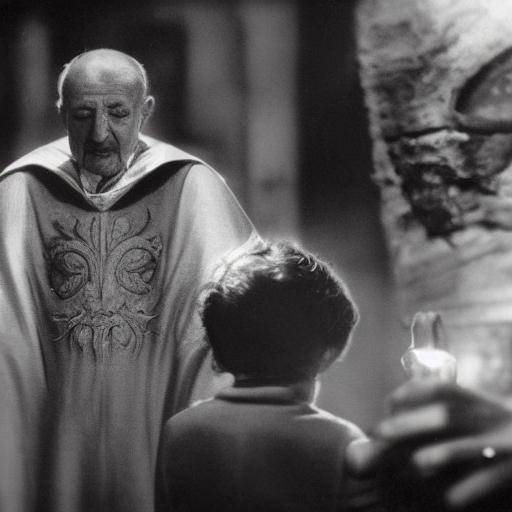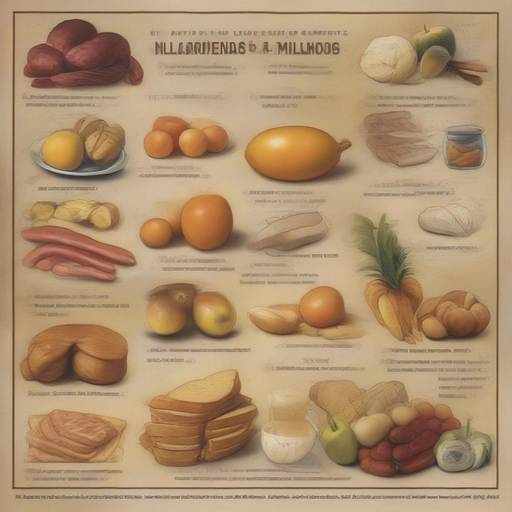
The Morrigan Goddess is a fascinating figure within Celtic mythology, whose presence has spread from antiquity to present. In this article, we will explore in detail who is the Morrigan Goddess, its relevance in Celtic culture, the myths surrounding it and some realities that history and mythology reveal to us. We will discover its influence in several areas and analyze its meaning both in the historical context and in the popular imagination.
Introduction
The Goddess Morrigan, also known as Morrigu, is a deity of Celtic mythology associated with war, life, death, prophecy and sovereignty. Her presence is marked in numerous tales and Celtic myths, which makes her a mysterious and powerful figure. In this article, we will carry out a profound analysis of the Morrigan Goddess, exploring not only the myths that surround it, but also its influence on Celtic mythology and its relevance today.
History and Background
Origins of the Morrigan Goddess
The Morrigan Goddess is part of the ancient Celtic mythology, where it was venerated as a complex figure associated with different aspects of life and death. Its origins date back to the traditions and beliefs of the Celtic peoples, who considered it a powerful and enigmatic deity.
Morrigan was known for his connection to war and battle, where she was considered the patron of the warriors and a symbol of protection in times of conflict. Her participation in the daily life of the Celts reflected both her benevolent nature and her darker facet, which made her a figure of great importance in the Celtic pantheon.
Evolution and Meaning
Over the centuries, the figure of Morrigan has evolved and acquired different meanings, adapting to the changing circumstances and beliefs of Celtic societies. Its role as a deity of war was intertwined with its influence on fertility, death and protection of the earth, which made it a figure of profound relevance to the ancient Celts.
The evolution of the Morrigan Goddess over time reflects its continued importance in Celtic mythology and its ability to adapt to different contexts and needs. Its presence remains today, finding echo in various manifestations of popular culture.
Analysis in Deep
Meaning and Symbolism
The Morrigan Goddess arouses a particular interest due to its rich symbolism and meaning in Celtic mythology. Its connection with fundamental aspects of human existence, such as war, fertility and death, makes it a multifaceted figure that transcends the barriers of time and space.
Its association with the sovereignty and protection of the earth reveals its importance as a deity that represented stability and order in the Celtic society. This symbolism persists today, where its influence is reflected in numerous cultural and artistic expressions.
Myths and Legends
The figure of the Morrigan Goddess is wrapped in a series of myths and legends that highlight its role as a powerful deity with multiple facets. From their intervention in battles to their ability to change shape, the surrounding accounts offer a unique vision of their influence on Celtic mythology.
Exploring myths and legends that revolve around the Morrigan Goddess allows us to better understand its meaning in the cultural context of ancient Celtic civilization. These stories provide a wealth of details about their role in people's lives and their presence in nature.
Comprehensive review
Influence in Arts and Culture
The Goddess Morrigan has left an indelible mark on arts and culture, where her presence is reflected in different artistic, literary and musical manifestations. His image has been representedAda Lovelace: the first programmer in history
Introduction
Augusta Ada King, also known as Ada Lovelace, was a pioneer in the field of computer science and is considered the first programmer in history. Its impact on the development of modern computing has been fundamental, and its legacy remains today. In this article, we will explore in detail the life, work and legacy of Ada Lovelace, analyzing its revolutionary contribution to the world of technology.
History and Background
Origins of Ada Lovelace
Ada Lovelace was born on December 10, 1815 in London, UK, being the daughter of the famous poet Lord Byron. From an early age, he showed great interest in science and mathematics, highlighting himself for his acute intelligence and passion for knowledge. Despite the gender biases of the time, Ada was dedicated to studying and exploring the vast world of mathematics and science.
Partnership with Charles Babbage
One of the most significant moments in Ada Lovelace's life was his collaboration with mathematician Charles Babbage, who designed the "Analytic Machine", considered as the first design of a general purpose computer. Ada was captivated by this project and devoted much of her time to understanding and developing the potential of the Babbage machine.
Analysis in Deep
Your Revolutionary Contribution
The most significant contribution of Ada Lovelace was the creation of an algorithm for the Babbage Analytic Machine, thus becoming the first person to write a computer program. This milestone consecrates it as the first programmer in history, laying the foundations for the development of modern computer science and computer programming.
Current Legacy and Relevance
The legacy of Ada Lovelace remains today, being recognized as a symbol of the inclusion of women in science, technology, engineering and mathematics (STEM). Its pioneering vision and contribution to computer science make it a benchmark for future generations of programmers and scientists.
Comprehensive review
Inspiration and Recognition
The impact of Ada Lovelace has inspired many women to pursue careers in fields related to technology and computer science. Their perseverance and dedication are an example of overcoming and accomplishment in a men-dominated environment.
Ada Lovelace Day
On the second Tuesday of October, Ada Lovelace Day is celebrated in honor of its legacy and contribution to the field of computer science. It is an occasion to recognize its influence on the evolution of technology and the role of women in this field.
Conclusion
The impact of Ada Lovelace on the field of computer science is undeniable, and its legacy continues to inspire generations of scientists and programmers. Its revolutionary contribution to programming and its futuristic vision make it an eternal icon in the history of computer science.
FAQs
What was Ada Lovelace's most significant contribution to computer science?
Ada Lovelace is known to develop the first algorithm for the Babbage Analytical Machine, considered as the first computer program in history.
Why is it important to remember Ada Lovelace's legacy?
The legacy of Ada Lovelace is essential to highlight the contribution of women in science and technology, as well as to motivate future generations to engage in computer-related fields.
How has Ada Lovelace's recognition evolved over time?
Over the years, the recognition of Ada Lovelace has grown, being highlighted as a pioneer figure and a benchmark in the field of computer science and programming.
What impact did the collaboration between Ada Lovelace and Charles Babbage have on the development of modern computing?
The collaboration between Ada Lovelace and Charles Babbage laid the foundation for the development of modern computing, establishing the first in addition to its revolutionary impact, Ada Lovelace has left a lasting legacy that transcends the field of computing and remains relevant today. Its valuable contribution as the first programmer in history elevates it to the status of icon in the world of technology and a model to follow for the inclusion of women in STEM disciplines.

